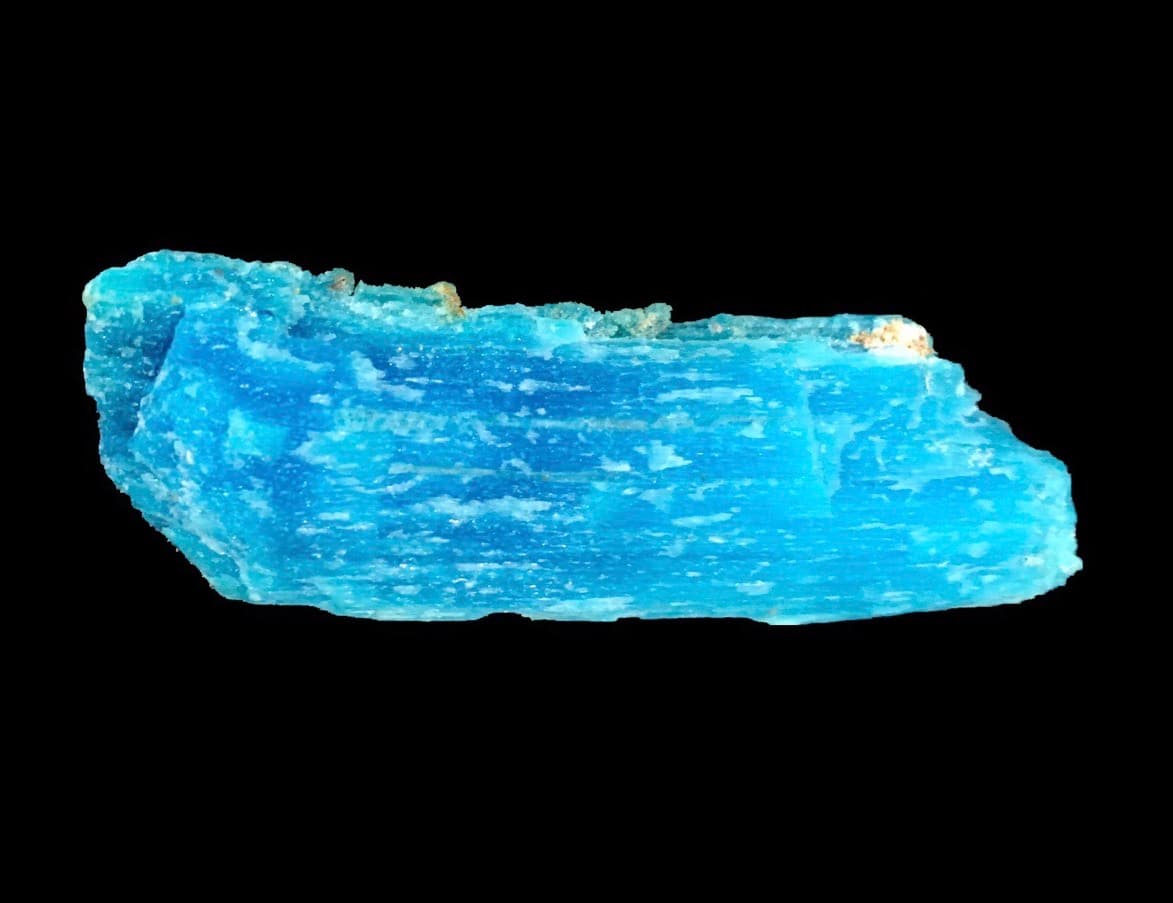Referring to approximately 380 unique mineral species, the sulfate group of minerals is sizable, but most species are relatively uncommon. However, all sulfate minerals contain groups of the sulfate ion (SO4)2–, containing four oxygen atoms surrounding sulfur (S6+) atoms, within their crystal structures. Sulfate minerals are often grouped into a broader category of minerals that contain the sulfate ion, including chromates, molybdates, and tungstates.Sulfate minerals occur in individual, disconnected tetrahedra.They often form in the oxidation of pre-formed sulfide ores, as well as in evaporite (formed by the evaporation of water) and in hot water and gas deposits. Notable examples include Barite, Gypsum, Celestite, Chalcanthite, and Anhydrite.
Examples
 Langite from Mountain Mine, County Cork, Ireland
Langite from Mountain Mine, County Cork, Ireland
- Anhydrous group
- Anglesite
- Anhydrite
- Barite
- Celestite
- Chlorapatite
- Hydroxide/hydrous group
- Gypsum
- Chalcanthite
- Epsomite
 Chalcanthite from Planet Mine, La Paz Co., Arizona
Chalcanthite from Planet Mine, La Paz Co., Arizona
- Brocanthite
- Jarosite
- Krohnkite
References
"Sulfate mineral", Encyclopedia Brittanica, 21 January 2020 https://www.britannica.com/science/sulfate-mineral ↗
Christy A.G. (2018) Sulfate Minerals. In: White W.M. (eds) Encyclopedia of Geochemistry. Encyclopedia of Earth Sciences Series. Springer, Cham
